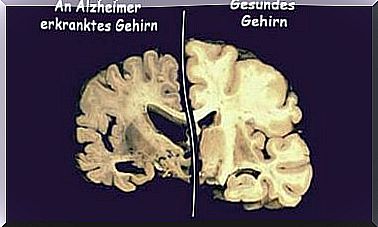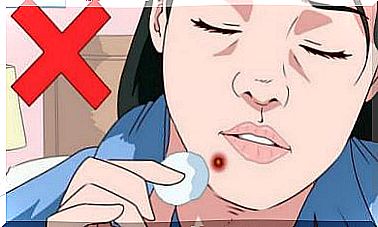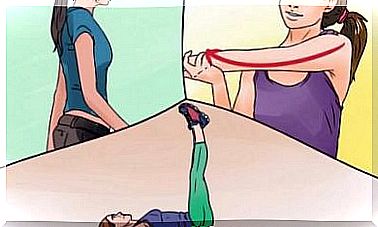Coronavirus Stroke In Young Patients
According to new reports from New York, there is a suspicion that the new SARS-CoV-2 coronavirus could lead to a stroke, especially in young people. Several cases have been reported and there are also different hypotheses on the subject. Read on to learn more about it.
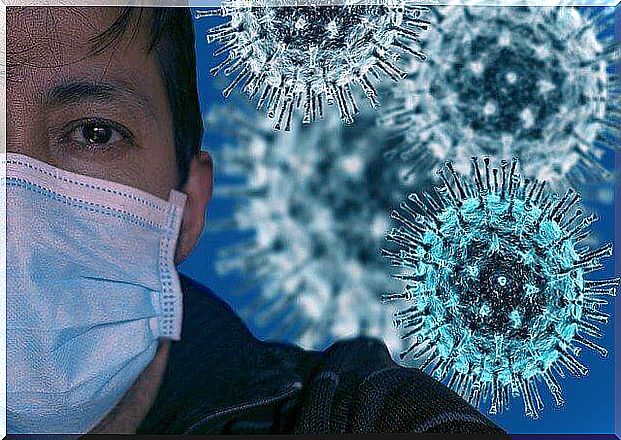
Every day we learn something new about COVID-19, because many scientists are researching the new coronavirus SARS-CoV-2, and doctors in hospitals are also observing the various effects this new disease can have. Among other things, reports were made about the possibility that the coronavirus could lead to a stroke, especially in young people.
In addition, various reports from China also point to where neurologists in Wuhan found that 36 percent of hospital patients with COVID-19 suffer from neurological symptoms. This indicates that the brain and nerve cells are being affected by this disease.
The theory about the increasing number of patients with stroke from coronavirus could be explained by three possible mechanisms:
- Neurotropism of the virus. The virus can infect nerve cells and thereby cause changes in the central nervous system, which can be seen in various neurological symptoms.
- Coagulopathies caused by the infection that lead to platelet disorders or clotting factors.
- Cytokine storm, i.e. an abrupt reaction of the immune system in the fight against the infection, which leads to side effects, including coagulation disorders.
Does the coronavirus SARS-CoV-2 infect the brain?
We know that the new coronavirus mainly affects the alveoli of the lungs. It penetrates the lung cells through the ACE2 protein, because this protein acts as a receptor for the hair-like cell extensions on the surface of the coronavirus.
But these receptors are also present in other body cells, which is why scientists suspect that SARS-CoV-2 could also penetrate other tissues. As far as neurons are concerned, scientific studies have not yet proven that the new coronavirus actually has the ability to penetrate them. But the symptoms suggest it, as is the case with the kidneys.
A stroke resulting from COVID-19 disease in young people could be included in the list of neurological symptoms and disorders. In addition, symptoms such as anosmia (loss of the sense of smell) have also been observed, about which there is little doubt. It is an initial neurological sign in asymptomatic patients.

Stroke and coagulation disorders caused by coronavirus
New reports show that COVID-19 patients suffer from coagulation disorders in some cases. These are coagulopathies, whereby anti-phospholipid antibodies could be detected.
A patient with these disorders is at high risk of a vital organ heart attack, regardless of their disease. He could have a heart attack or a stroke.
Therefore, the possibility of a stroke in patients with COVID-19 is not absurd, even if they are young people. Although adults between the ages of 30 and 40 can have strong immune systems, they don’t have many options when it comes to clotting cascades.
We must remember that there are two types of stroke: ischemic and hemorrhagic. In the former, a blood vessel becomes blocked with a blood clot that prevents the supply of a certain part of the brain. Hemorrhagic stroke occurs when a blood vessel bursts, but the results are very similar.
Stroke from a cytokine storm
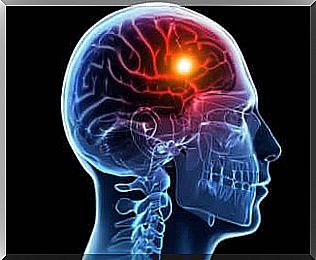
In medicine, a life-threatening derailment of the immune system, which often occurs in patients with sepsis, is called a cytokine storm . A generalized infection triggers a massive inflammatory reaction.
Cytokines are substances that enable the human immune system to communicate. The immune cells produce these cytokines to send messages to cells further away or to activate proteins and receptors.
When a strong infection leads to an increased number of messages, the inflammatory response is enormous. The cytokine storm is life-threatening and very difficult to control with drugs. He has been linked to fatal COVID-19 cases. This is why much of the drug research is focused on inhibitors of cytokines; neurological symptoms and a coronavirus stroke are possible in a cytokine storm. Even when the patient is young, the body is barely able to stop a cytokine storm.
Do young people have to worry about having a stroke with COVID-19?
It is important to discover the disease early on. The doctors who reported their observations in The Washington Post article mentioned above pointed out that many sufferers were diagnosed late because they did not come to the emergency room earlier for fear of infection.
Immediate medical attention is required if symptoms suggestive of a stroke . Headache, trouble seeing, tingling, or paralysis of one side of the face or limb on one side could indicate a stroke. Its an emergency!

